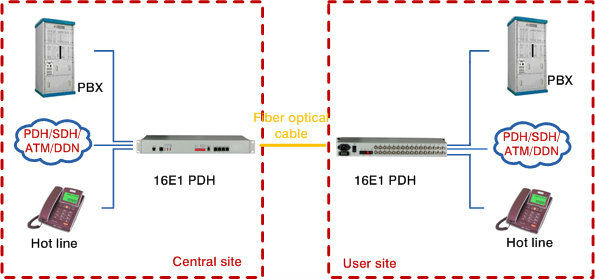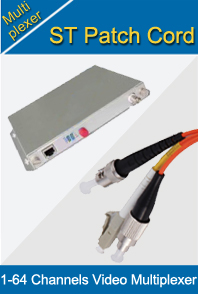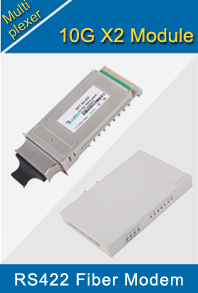-

- Sopto Home
-

- Special Topic
-

- Multiplexer Knowledge
-

- Components of a Synchronous Network
Multiplexer Knowledge
- Why is Multiplexing Needed in Data Communication Systems?
- What is Concept of Multiplexing in Telephone System?
- What is Digital TV Frequency?
- Outlook of the WDM Networks
- DWDM Technical Overview
- CWDM Technical Overview
- How to Activate Cable Modems?
- How to Install a Fiber Optic Modem?
- How do I Choose a Best Fiber Modem?
SOPTO Special Topic
Certificate



Guarantee
Except products belongs to Bargain Shop section, all products are warranted by SOPTO only to purchasers for resale or for use in business or original equipment manufacturer, against defects in workmanship or materials under normal use (consumables, normal tear and wear excluded) for one year after date of purchase from SOPTO, unless otherwise stated...
Return Policies
Defective products will be accepted for exchange, at our discretion, within 14 days from receipt. Buyer might be requested to return the defective products to SOPTO for verification or authorized service location, as SOPTO designated, shipping costs prepaid. .....
Applications
Multiplexers can be used to connect PBX, Hot line and other devices of network from central site to user site through fiber optical cable.
SOPTO Products
- Fiber Optic Transceiver Module
- High Speed Cable
- Fiber Optical Cable
- Fiber Optical Patch Cords
- Splitter CWDM DWDM
- PON Solution
- FTTH Box ODF Closure
- PCI-E Network Card
- Network Cables
- Fiber Optical Adapter
- Fiber Optical Attenuator
- Fiber Media Converter
- PDH Multiplexers
- Protocol Converter
- Digital Video Multiplexer
- Fiber Optical Tools
- Compatible
Related Products
Performance Feature
High integration desig
Low power consumption
Good EMC, EMI
Stable and Reliable
Multiplexer Knowledge
Recommended


Components of a Synchronous Network
The figure below is a schematic diagram of an SDH ring structure with various tributaries.

SDH ring structure
Instead the figure below explains the components of a synchronous network.

Components of a synchronous network
SDH should be able to carry different signals. For this reason SDH has different element also called Network Elements.
Regenerators
This component has the job of regenerating the clock and the relationship of amplitude of incoming signals. They derive their clock signal from incoming data streams. The messages are received by extracting various 64-Kbps channels in the regenerator section overhead (RSOH) and can also be output using these channels.
Terminal Multiplexers
They are used to combine plesiochronous and synchronous input signals into higher bit rate STM-N signals (Synchronous Transport Module - N layers)
Add/drop multiplexers (ADM)
They terminate two aggragates signal. SDMs are typically used in a ring configuration. Plesiochronous and lower bit rate synchronous signals can be extracted from or inserted into high-speed SDH bit streams by means of ADMs.
Digital Cross-connects (DXC)
This NE has the widest range of functions. It allows mapping of PDH tributary signals into VC (Virtual Containers).

Cross-connect



